The artichoke is an ancient crop, which was originally grown for its beautiful flowers that decorated the homes of European kings and nobles.
The artichoke was known already in ancient Egypt – on the columns of one of the temples in Luxor, images of artichokes have been preserved, which testify that the Egyptians cultivated this culture for centuries.
After the Europeans discovered that the artichoke could be consumed, it became one of the favorite delicacies of the aristocrats and kings and nobles did not sit at the table without it.
The artichoke is considered a refined indulgence. The fleshy base of the immature inflorescences is consumed when they have just begun to open up at the top.
The thorns and the hard part of the core are removed from the inflorescence, the rest is consumed. If you try a raw artichoke, its taste will remind you of the taste of unripe walnuts.
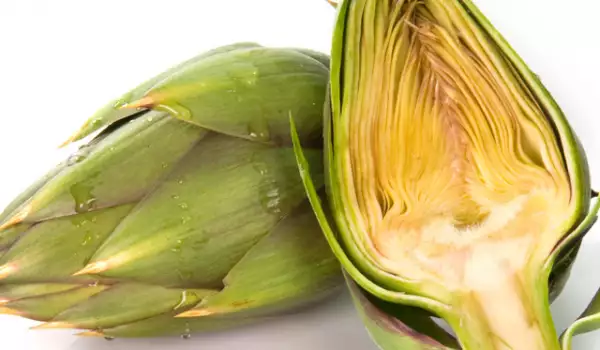
The plant is very healthy - it contains vitamin C, B1, B2, B3, carotene, organic acids, essential oils, as well as biologically active substances.
The artichoke is used fresh as an additive in salads. Boiled, it is also used in salads, sauces, purees and preserves are made from it and the flowers, when they open up, are used to garnish dishes.
The strange plant contains the special substance silymarin, which is an antioxidant that protects against many serious diseases. A medium-sized artichoke contains 60 calories.
It is stewed for about 40 minutes, sprinkled with lemon, the outer leaves are torn off and the delicious skin under the leaves are eaten, as well as the delicious soft part of the core.
The artichoke is a dietary vegetable, it is digested very well and is good for gout. Artichoke is good for the liver and kidneys and helps them cleanse the body of toxins.
Artichoke reduces harmful cholesterol and uric acid in the blood. It is beneficial to consume artichoke for problems with the urinary system and also for atherosclerosis, constipation, some forms of psoriasis.
See more:
- our artichoke recipes;
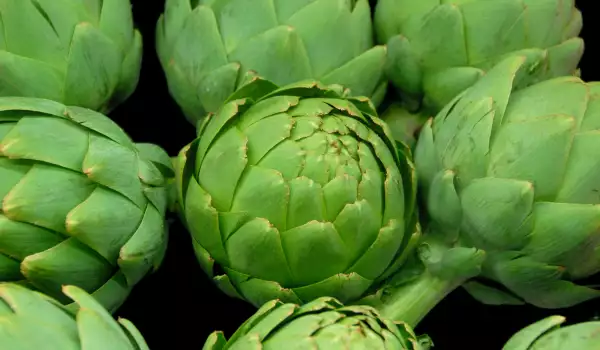

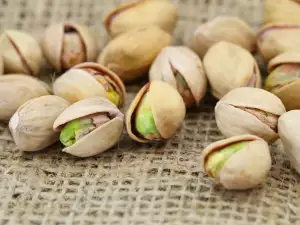

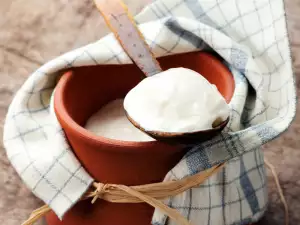

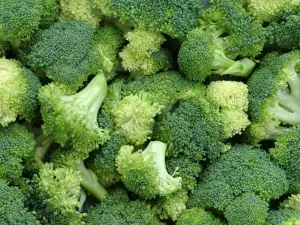
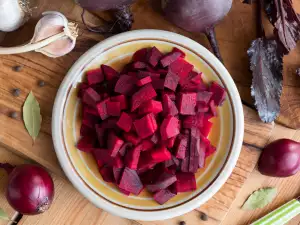

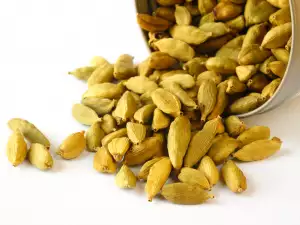

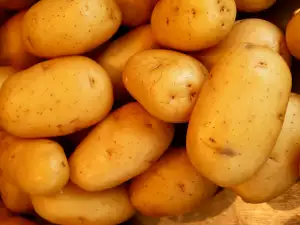

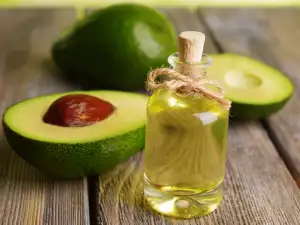
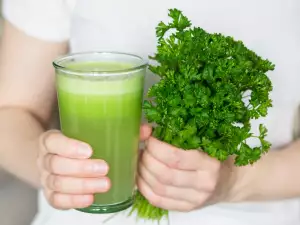
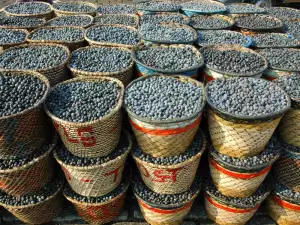




Comments